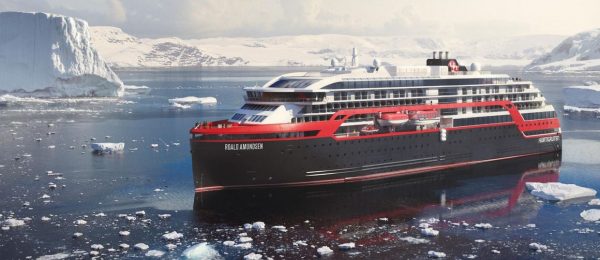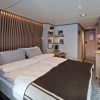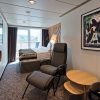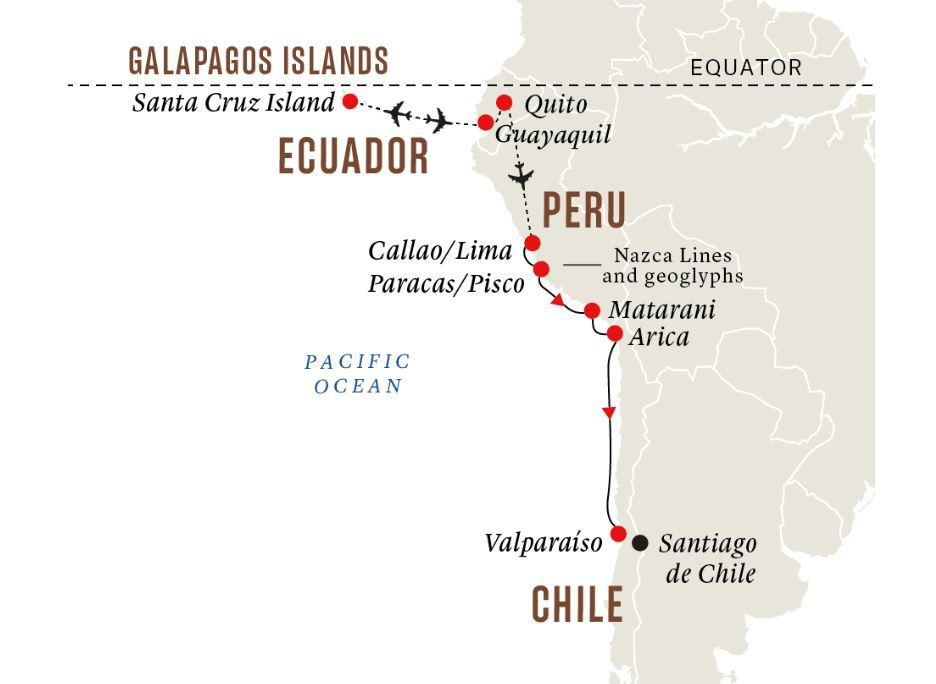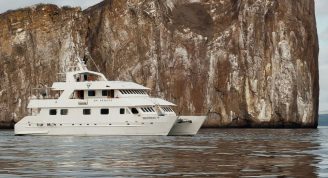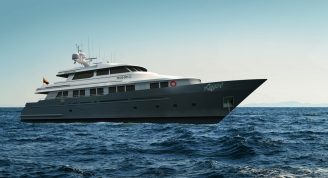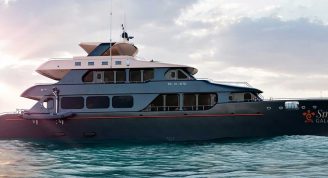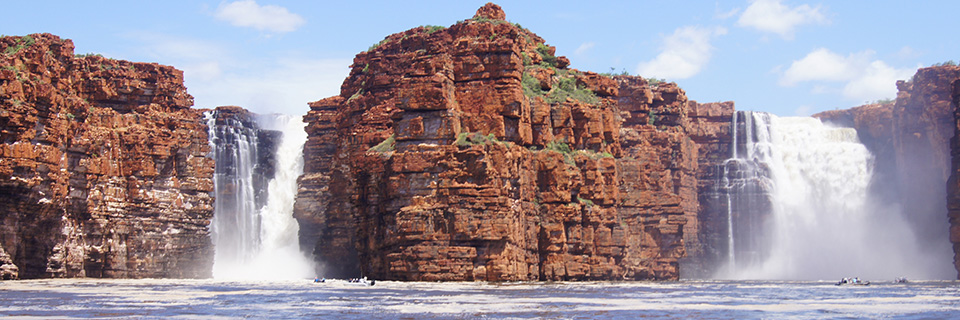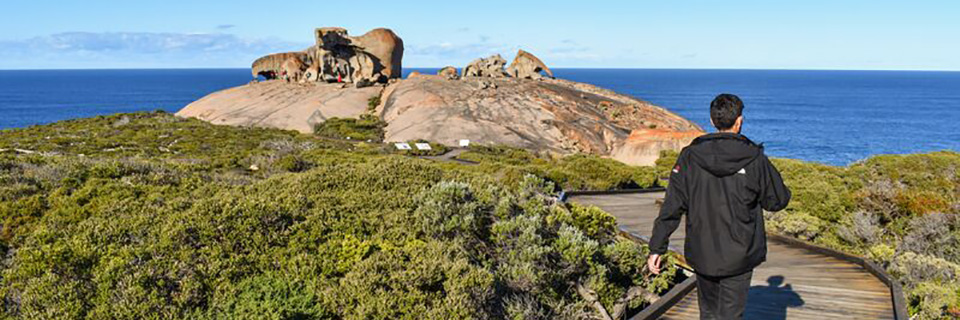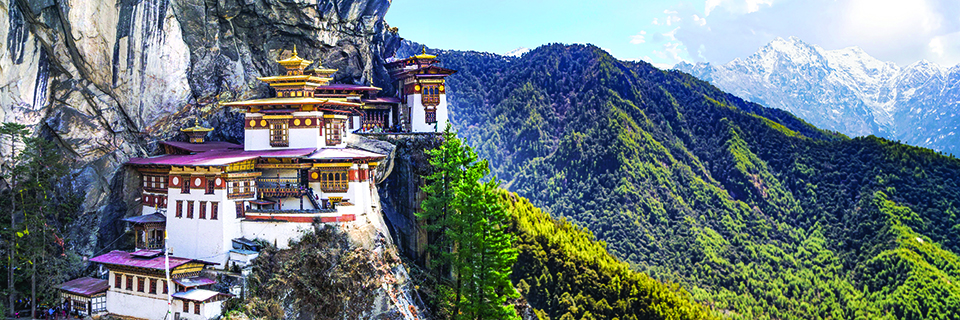Description
Start your voyage by exploring the famous Galápagos Islands, home to an astonishing variety of native species. Then, embark on an expedition cruise along the scenic western coast of South America from Lima, Peru, down to Valparaíso in Chile. Contrast modern cities with historic ancient civilisations, and enjoy days at sea at your leisure.
Included in your voyage:
Galápagos Island Programme before the cruise
Two nights in Quito, including breakfast and dinner on Day 2.
Three nights at a hotel in Santa Cruz Island /Galápagos, including full board
One night in Lima, including half board
Economy flight Quito-Baltra, Baltra-Lima (via Guayaquil)
All transfers, excursions and meals as described, including English-speaking guide
Galápagos Islands National Park entrance fee


